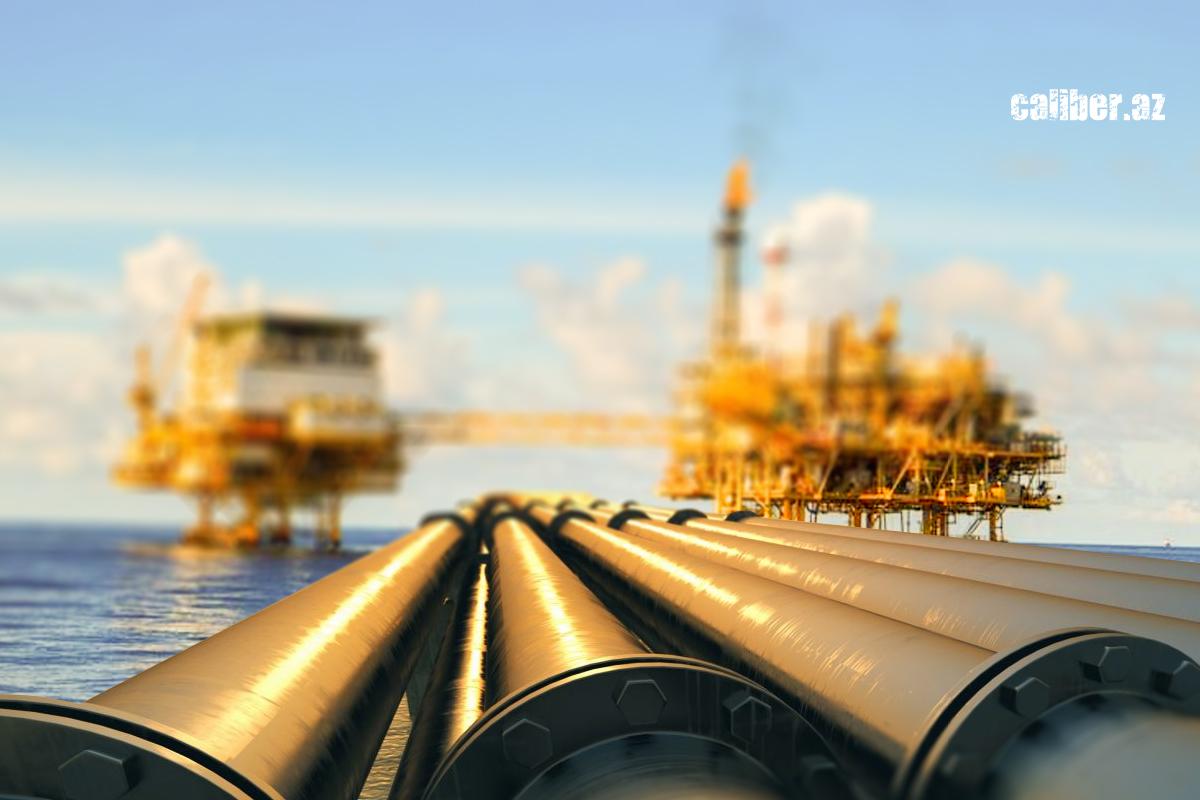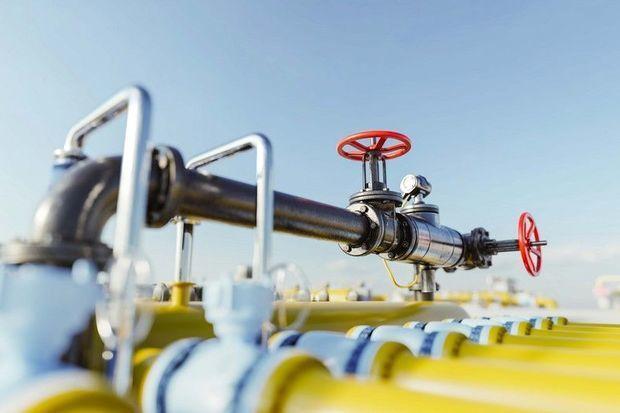Azerbaijan expands gas exports with continued investment in infrastructure Shah Deniz leading the charge
Azerbaijan’s role in ensuring Europe’s energy security cannot be overstated, particularly through the ongoing gas exports via the "Southern Gas Corridor" (SGC), now entering its fifth consecutive year. The initiatives under this project are not only enhancing the country’s position in the global energy market but also driving export growth and facilitating the implementation of new extraction and infrastructure projects.
To further increase gas production, a new project will be launched in 2025, focused on developing advanced infrastructure at the Shah Deniz gas condensate field. These emerging developments were recently outlined by BP Azerbaijan during a discussion on the Environmental Impact Assessment (EIA) for the Shah Deniz Compression (SDC) project.
State policy aimed at increasing gas exports strengthens Azerbaijan's connections in international trade and the global energy market, and, most importantly, contributes to a substantial financial influx into the country. Recently, Azerbaijan's Minister of Energy, Parviz Shahbazov, noted that thanks to diversified routes, the country now supplies gas to 10 countries, and last year, around 51% of gas exports went to the European market.
In 2021, Azerbaijan's gas exports to Europe amounted to 8 billion cubic meters, while last year this figure reached 12.9 billion cubic meters, and 9.9 billion cubic meters were exported to Turkey. "In total, last year Azerbaijan exported 25.2 billion cubic meters, which is 5.8% higher than the same period of the previous year," Minister P. Shahbazov stated on his social media account. The modernization of gas transportation systems and the construction of interconnectors in European countries, as well as Azerbaijan's efforts to increase gas production and supply, have played a crucial role in achieving this outcome.

Currently, the long-term plans of the State Oil Company of Azerbaijan (SOCAR) and its partners in the oil and gas extraction consortium include expanding the export of "blue" fuel to the priority European market, with new initiatives being implemented in raw material production. "Gas production in Azerbaijan is growing, exceeding forecasts, and the success of this sector is ensured by strategic investments in the country's gas fields," noted SOCAR Vice President Babek Huseynov in early February. "New oil and gas projects are continuing in the country, including 'Karabakh', 'Ashrafi-Dan Uluzu', 'Aipara', 'Absheron', 'Umid', and deep-gas projects in the 'Azeri-Chirag-Guneshli' block." According to Huseynov, all of these fields will contribute significantly to the resource base, stabilize production levels, and ensure long-term export deliveries of energy resources.
Significant efforts to increase production volumes are currently being implemented by the operator BP-Azerbaijan at the country's main offshore gas field, Shah Deniz. Recently, a discussion took place in Baku with the participation of media representatives and the public on the Environmental Impact Assessment (EIA) and the project's social-economic impact for the Shah Deniz Compression (SDC) project. According to BP-Azerbaijan's press service head Tamam Bayatli, the final investment decision (FID) for the construction of the autonomous Shah Deniz Compression (SDC) platform is expected to be approved by the end of 2025, at which point the project’s cost, contractors, construction site, and other details will be revealed.
"A compression project is being implemented at the Shah Deniz field, which has significant potential, encompassing the existing infrastructure of the 'Shah Deniz Alpha' and 'Shah Deniz Bravo' platforms, as well as the Sangachal terminal. As a result, the productivity of the field will increase significantly," noted BP-Azerbaijan manager Baghir Akhundov during the event. "The first gas from the 'Shah Deniz Alpha' platform is expected to be produced in mid-2029, and from the 'Shah Deniz Bravo' platform, in mid-2030. It is expected that most of the construction work onshore and at the construction sites will be carried out between 2026 and 2028."

The implementation of this project is planned to access and extract low-pressure gas reserves, as well as to maximize the recovery of these reserves in the Shah Deniz contract area. It is important to note that as gas fields are developed, reservoir pressure decreases, which in turn reduces gas production rates. Similar processes are observed at the Shah Deniz field, where the natural process of reservoir pressure reduction has begun. Gas compression is widely used in the oil and gas industry and has proven to be a reliable method for improving reservoir characteristics. The purpose of the compressor platform project is to access low-pressure gas reserves, extract them, and maximize the recovery of these reserves in the Shah Deniz contract area.
Notably, as part of the Shah Deniz Compression project, unlike the nine other platforms at the field, the latest technologies will be applied for the first time, enabling fully automated platform operations with minimal personnel involvement. "On the new platform, we are not only reducing costs but also implementing innovations: specialists will visit the vessels every six months for 15 days to carry out equipment maintenance. Helicopter access to the compressor facility is not planned, and to prevent the risk of ship collisions at the platform boundary, a 500-meter exclusion zone has been created," noted project manager Elshad Maharramli during the forum.
According to him, the new platform will feature a modern system to eliminate flare gas combustion, designed to reduce pressure during maintenance. Sources of negative environmental impact have also been minimized: the risk of discharging sanitary and domestic waste on the automated platform has been eliminated, and due to its design, neither cooled nor reservoir water, firefighting water, nor foam will enter the sea. Other advanced solutions are also planned to be implemented, including a closed drainage system, a system for draining rainwater with open drainage, and the platform will be equipped with heating and cooling systems, safety equipment, and telemetry. It is also worth noting that the Shah Deniz Compression platform's electricity supply will be provided for the first time through a connection to the country’s power grid, with the installation of an underwater electrical cable from the shore.








